Silent Lights
Human beings captured behind closed doors, in their most animal state. Some images may be considered NSFW.

Interview by Rosecrans Baldwin
The Morning News: What’s the most interesting moment in photography for you?
Josh Quigley: Even though it’s often the hardest for me, it’s the moment when I come upon a challenge that shakes up the very foundation of my project. For example, when I was in the midst of “A Shameless Longing,” my wife and I decided that I would stay home for the first year to take care of our new son so that she could focus on her business. This meant I would not have the time I once had shooting in my normal fashion—now I would have a baby with me at all times. Continue reading ↓
All images used with permission, copyright © the artist. All rights reserved.
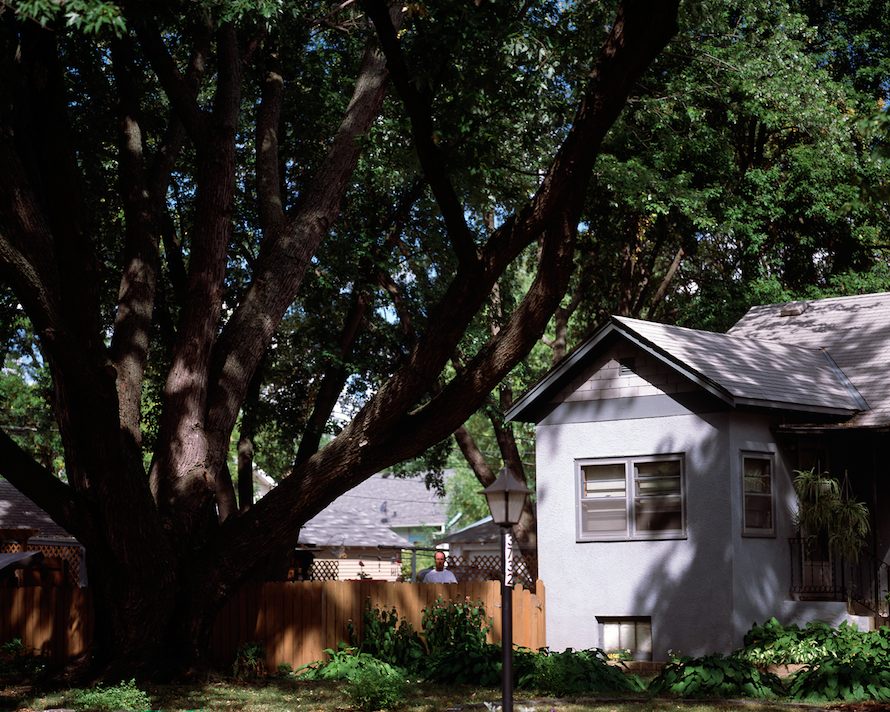
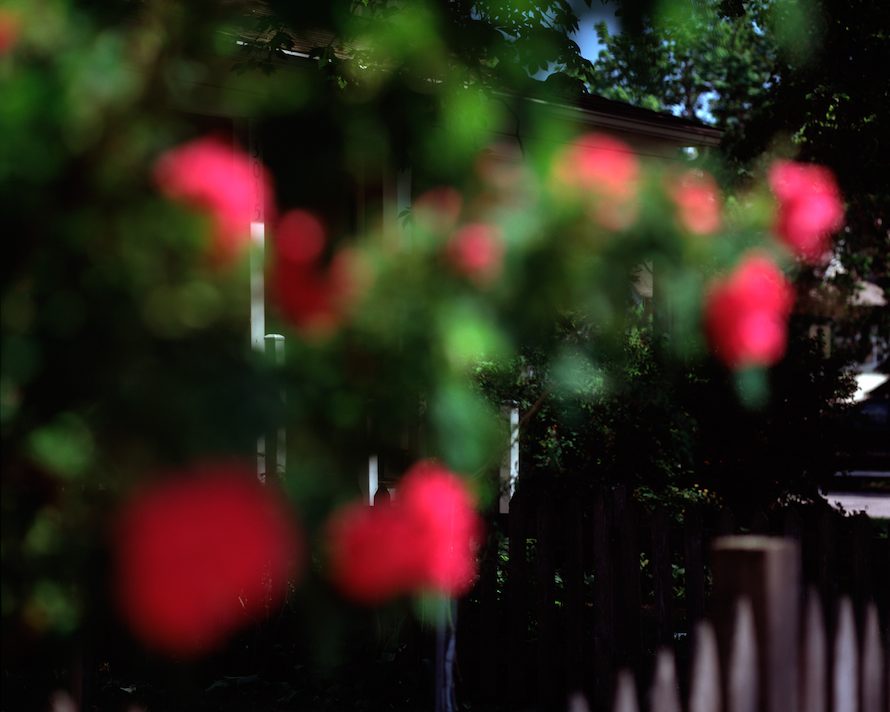
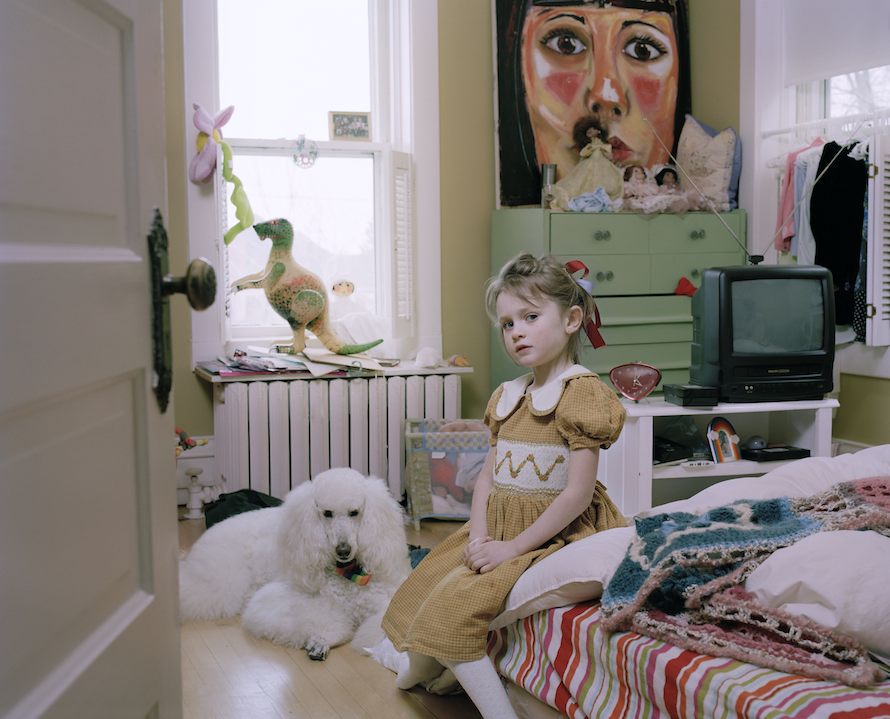

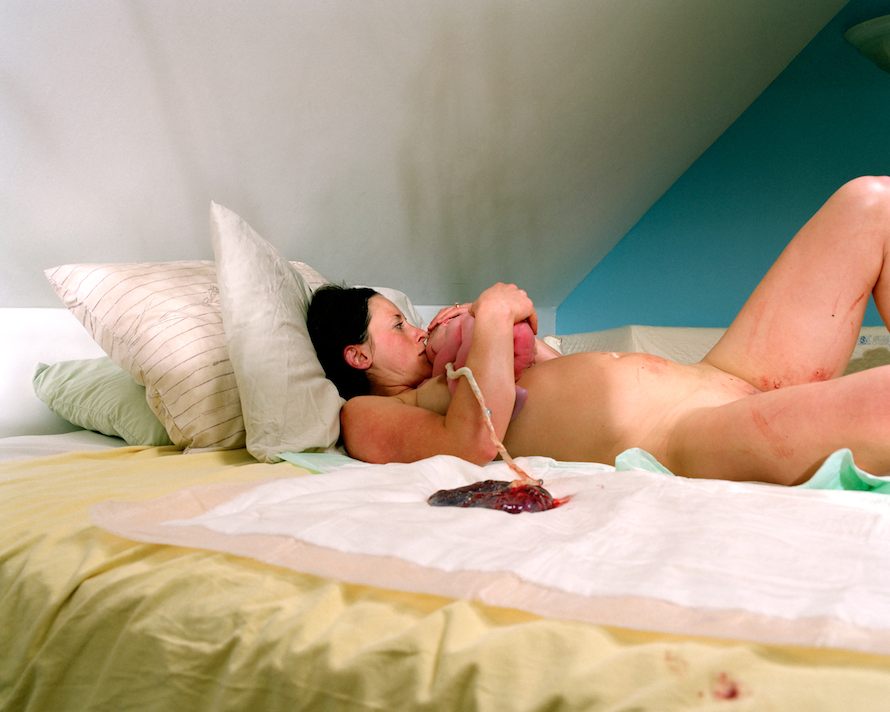
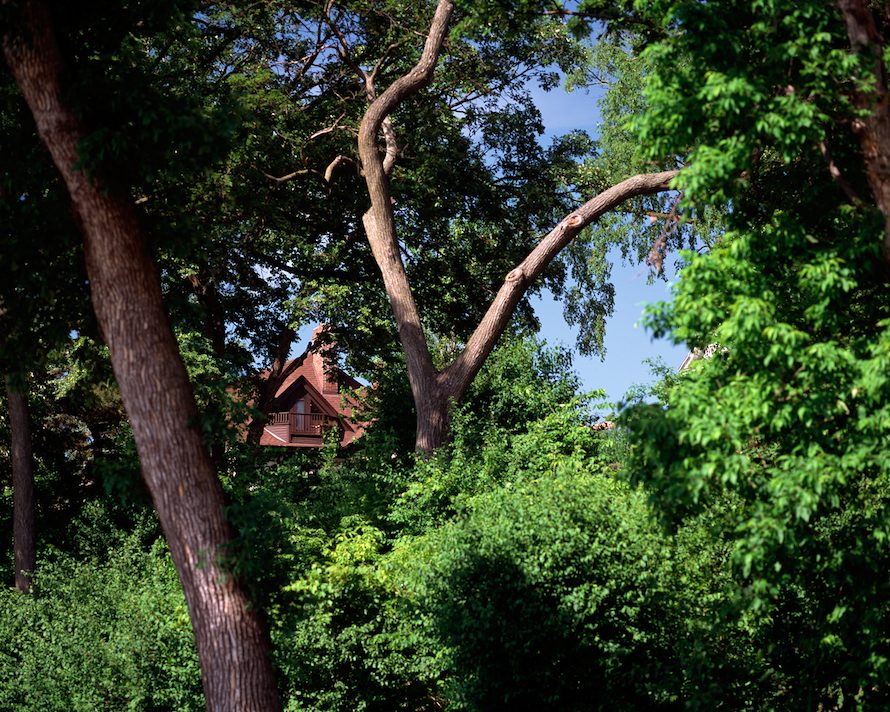
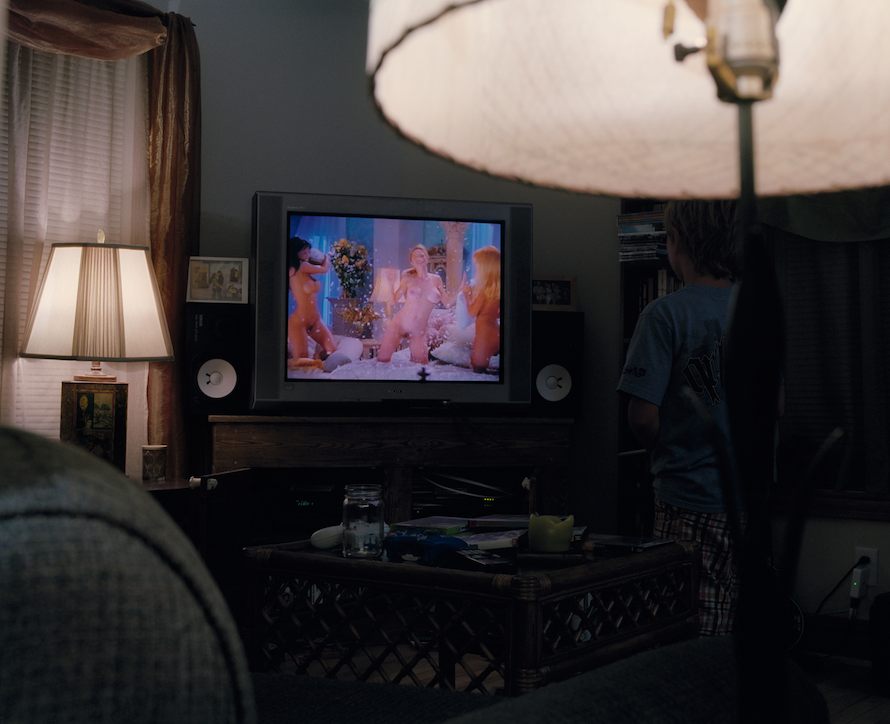
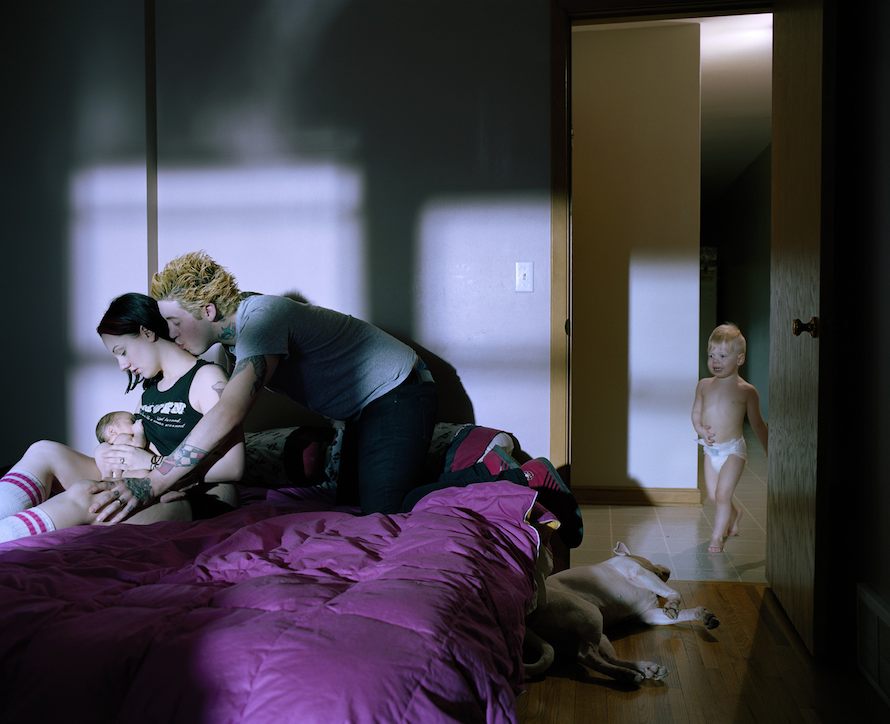

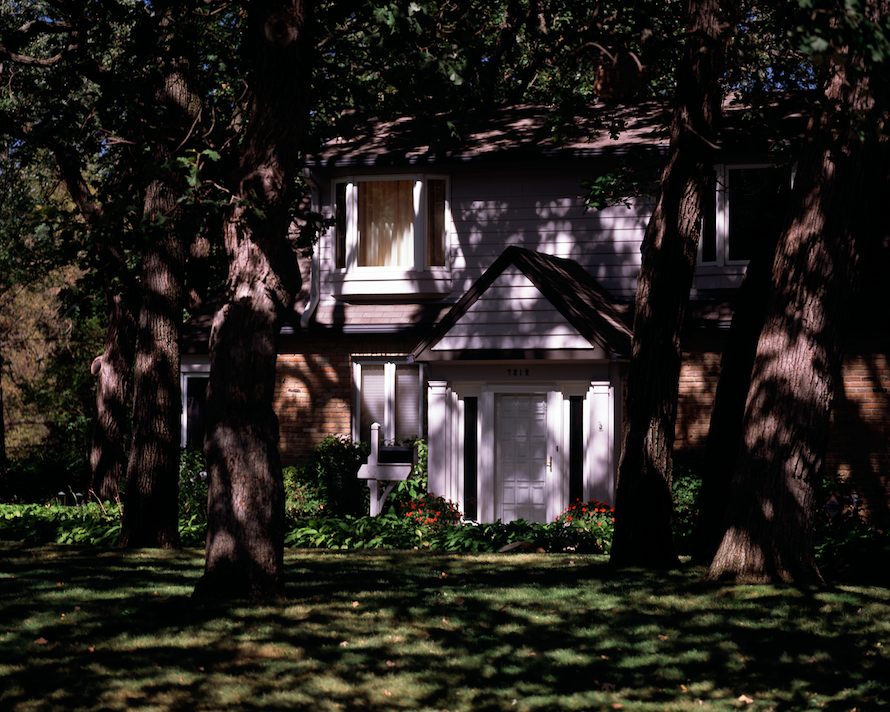
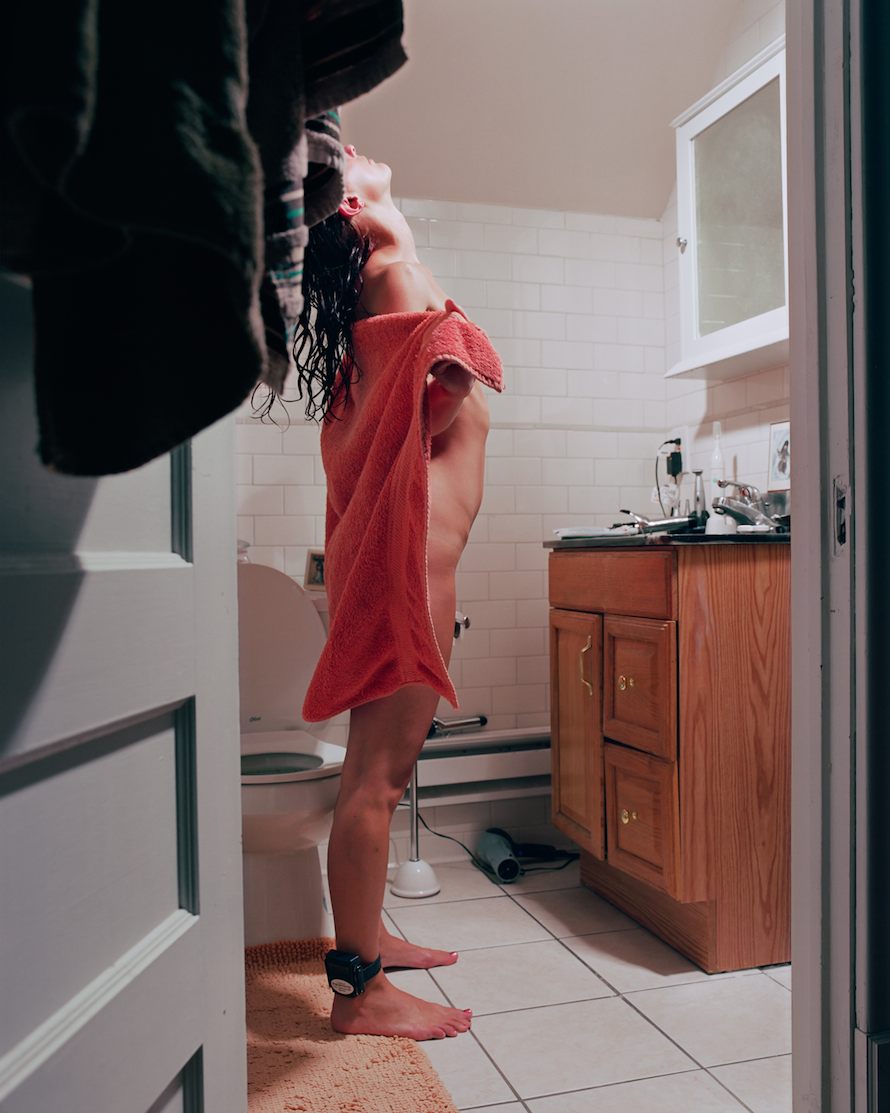
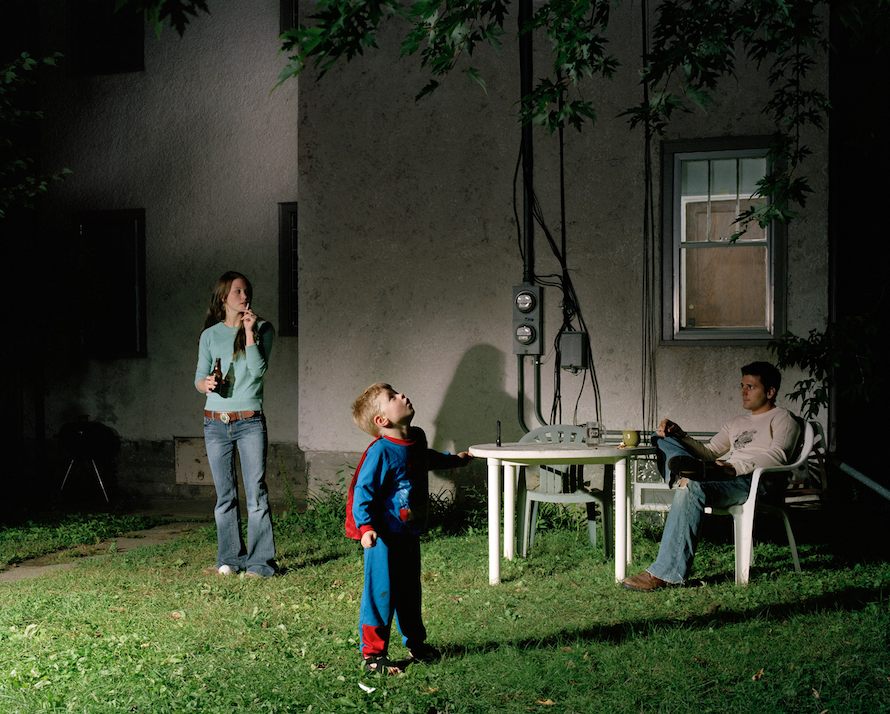
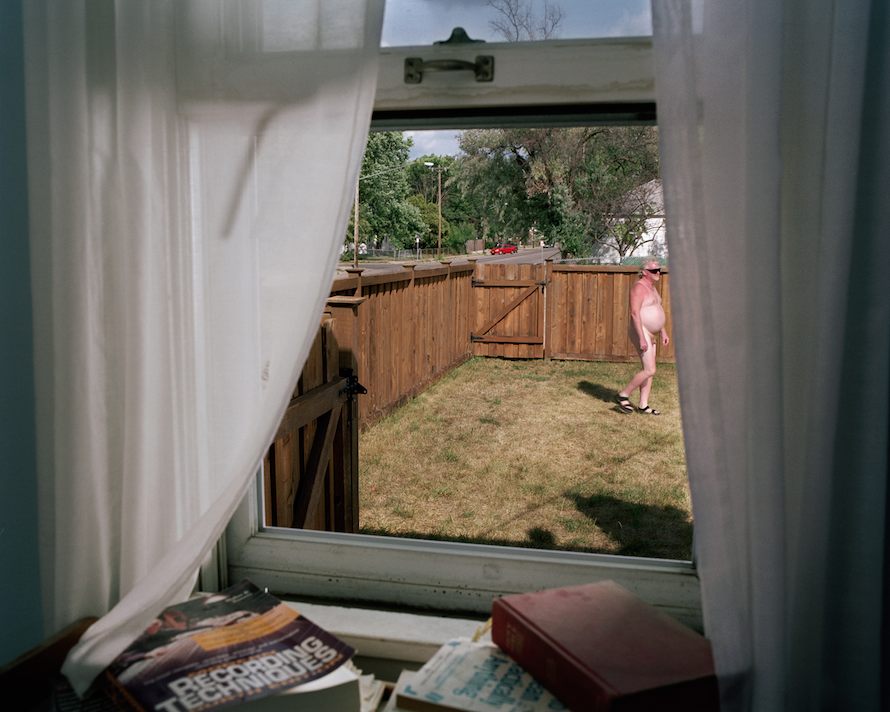
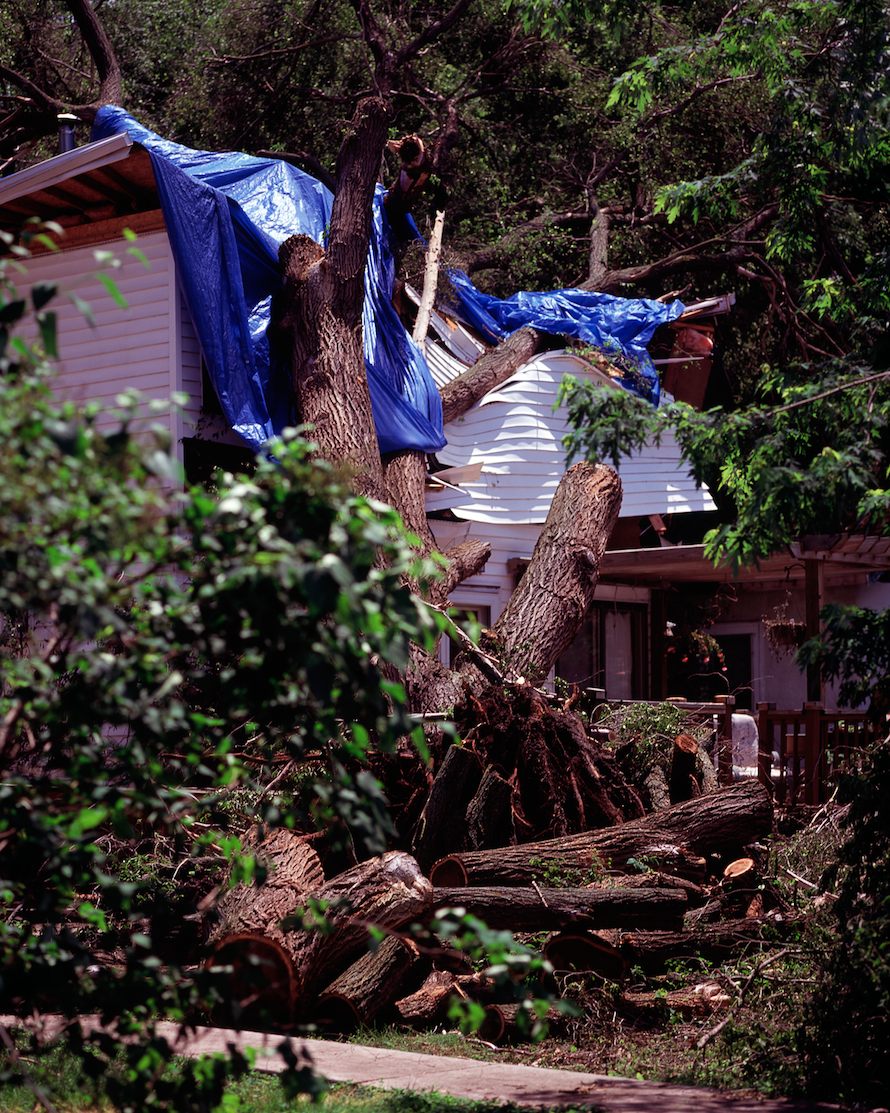
Interview continued
So, instead of taking a year off completely, I adapted to my new situation and that’s when I started to really focus on the exteriors of the houses. I started walking around close to home—Desmond in the stroller, my “bazooka” of a camera wrapped up in a towel under the stroller, stopping to take photos of the spaces that interested me the most. Eventually, we were racing around the city cramming as much in as I could during a two-hour nap. So, what started out as a limitation ended up being a huge breakthrough in my project.
TMN: Who are these people?
JQ: These people are my family, friends, and complete strangers. It was important to me to have a personal narrative throughout this project. I wanted to have a wide range of characters, some of whom reappear throughout the project and some are only shown once.
TMN: Is what interests you when you make a certain picture the same when you look at it months later?
JQ: Yes and no. When I set out to make a picture there are several processes that I go through all depending on whether the picture is going to be staged and lit like almost all of my interiors or whether it’s going to be a more straight photo like all of the exteriors.
As far as the staged photos go, usually I have an idea before the picture begins and think about how I’m going to stage it, which for me usually means a balance of composition, subject, and lights. The resulting picture still varies incredibly from my original idea and usually is only successful when I am able to capture a moment that appears natural. This idea can come to me anywhere from moments before the shoot to pictures that were gestating for several years before being realized.
The exterior photos are created in a street-photography method, where I’m just out and about in the world photographing what interests me. I still shoot all my work on film, so I usually don’t see the resulting images for several weeks to several months. By the time I see the photographs I don’t have the same expectations I did when the images were captured. This can be a good thing in that I can distance myself from my original intentions and focus solely on what was captured, or it can be a major bummer when I “over-fantasize” how a particular picture is going to look only for it to be nothing like perfect-picture fantasy.
In the end what I’m looking for usually stays the same and that’s to create a picture that’s both seductive in its beauty and challenging in its narrative.
TMN: What is your favorite camera right now?
JQ: Besides my iPhone (blasphemy!) it’s the same camera I’ve been using for the past 10 years, a used Mamiya RZ67. This is the camera that made this project possible and helped in giving the work its unique look. This camera scares people when I take it out in public. I chose this camera and medium format film for the cinematic look. It can capture images that are as sharp and detailed as a 4x5 camera yet is portable (for a 15 pound brick) and quick to operate with a vast array of incredible lenses. It made me feel like a cinematographer. People always take me seriously once they see that camera come out of the case. Secondly, I chose medium format film because it allowed for me the perfect balance of resolution and grain, approximating what 35mm film looks like projected on the silver screen.
TMN: Where do you find yourself, as the artist, in this series?
JQ: I am not just an artist in this project; I am also a son, a husband, a father, a lover, a performer, a man, a human, an animal.
TMN: Are photographers automatically voyeurs? Peeping toms?
JQ: This is kind of a loaded question—voyeurs maybe, depending on one’s definition of voyeur, but peeping toms are something altogether different. I’m not sure how relevant that term is today.
As far as my work goes, there is no voyeurism in capturing the images, but there is most definitely a voyeuristic vantage point within the final photos so that the viewer becomes the final voyeur, forced to look in and examine the situation for themselves.
TMN: Where do you find the most tension in your work?
JQ: If I have done my work right the tension should fall on the viewer when they are experiencing the work for the first time. If you are asking me as a viewer, the tension would come across in the ways that sexuality is depicted in all stages of life and how it reminds me that we are still just animals trying to survive like any other species on earth.
TMN: When was the last time you saw a piece of art that you didn’t quite “get”?
JQ: Post Tenebres Lux, a film by Carlos Reygadas. I am not sure I got it, but that might have been the point and the beauty of it. I’ve probably seen better movies in the past year, but none, absolutely none of them haunt me the way this one does. To me, the questions left unanswered become more important than the answers. What fun would it be to know the answers to all of life’s great questions—mystery sparks the imagination.
TMN: Who do you look up to outside of photography?
JQ: I have always been drawn to the film world because of its narrative qualities, and so my biggest heros are the film directors who have been making the most amazing work lately. In no particular order: Steve McQueen, Paul Thomas Anderson, Shane Carruth, Carlos Reygadas, Michael Haneke, Apichatpong Weerasethakul, Lars Von Trier, the Coen and Dardennes brothers. Sorry, I could go on and on and on with this one, I love movies.
